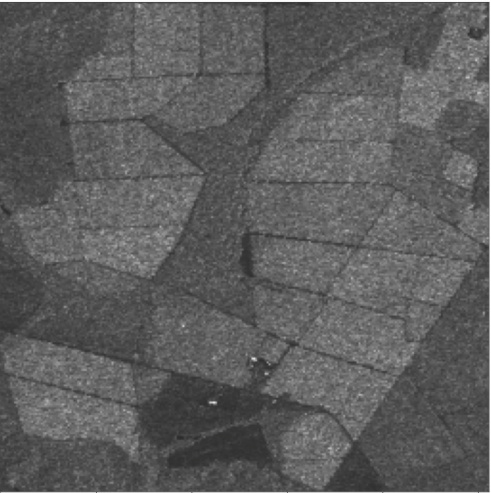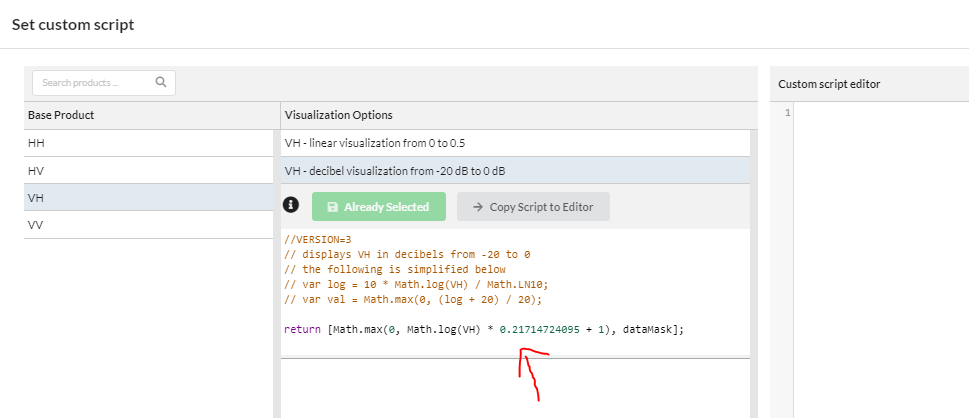Hello,
I’m using sentinelhub-py and i’m trying to understand how to get the images as arrays with decibels values. I think I have asked it before but maybe mmy question was not clear enough so I will try to make it clearer.
under “confiduration utility” I have created configuration with serveral layers, among them some sentinel1 layers, as:
- TRUE-COLOR-S1-IW - which uses the function
return VV,VH, 2 * VH, VV / VH / 100.0]
- VV -which uses the function:
return >Math.max(0, Math.log(VH) * 0.21714724095 + 1), dataMask];
- VH- which uses the function:
return >Math.max(0, Math.log(VH) * 0.21714724095 + 1), dataMask];
Now, i’m trying to use evalscript in order to get image with 3 dimensions.bands : vv, vh and the datamask.
As I undersand, according to my configuration layers (the return), I suppose to get back my values as db, e.g 0 to -20, but anytime I use the get data, and print the result array, I see that the result is in UINT8 (0-255 and not -20-0 ).
This is how I tried to call teh VV,VH and datamask:
bbox_coords_wgs84=r-56.41393258886229, -12.932876469776858,-56.33590746533693, -12.817048229804314]
evalscript = """
//VERSION=3
return VV,VH, dataMask]
"""
time_interval = time_interval
request = SentinelHubRequest(
data_folder='results',
evalscript=evalscript,
input_data=n
SentinelHubRequest.input_data(
data_collection=DataCollection.SENTINEL1_IW,
time_interval=time_interval,
)
],
responses=r
SentinelHubRequest.output_response('default', MimeType.TIFF)
],
bbox=bbox,
config=config
)
image = request.get_data(save_data=True)
then when I plot the image, I get nice image, and i’m able to plot each band:
plt.figure(figsize=(20,10))
plt.imshow(imagei0]h:,:,0],cmap='gray')

but when I print the array to see the values I get it as UINT8:
image>0]o:,:,0]
array( b 55, 21, 45, ..., 65, 32, 32],
b 35, 25, 29, ..., 104, 88, 32],
...,
b 25, 26, 21, ..., 81, 40, 30],
b 27, 27, 28, ..., 31, 50, 50],
b 23, 24, 32, ..., 30, 52, 28]], dtype=uint8)
I have also tried to put directly the function to get decibels inside the avalscript but it didn’t change the result.
evalscript = """
//VERSION=3
return Math.max(0, Math.log(VV) * 0.21714724095 + 1),Math.max(0, Math.log(VH) * 0.21714724095 + 1), dataMask]
"""
So what I’m asking is, how can I get the result array in decibels values, I care less regard the visulaization, what is important to me here are the values. You can imagine it as if I wanted to retrieve NDVI image,and I would like to get the pixels values between -1 to 1, and not in UINT8.
I have read the documentation here and also the sentinelhub-py one but hasn’t found any solution to this issue.
Thanks in advanced



